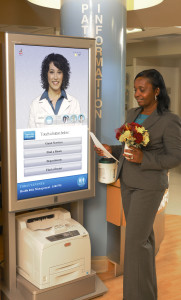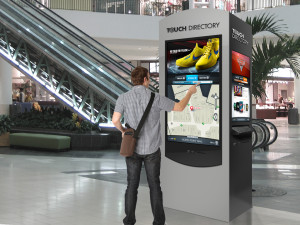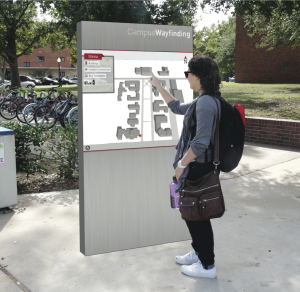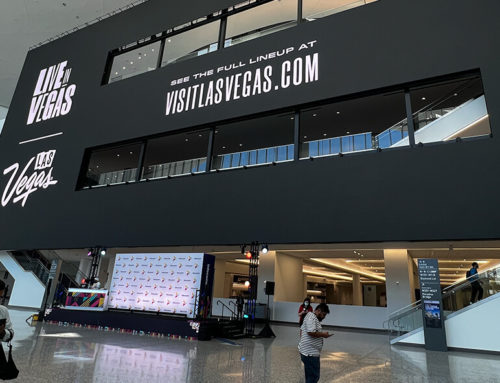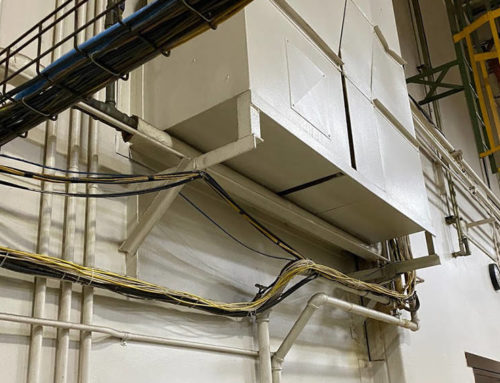What is wayfinding? Wayfinding simply refers to the tools used to guide and inform people within a facility of where they need to go. Traditionally it’s strategically place static signs in the form of maps or printed brochures that are handed out at the information desk. However, printed material often quickly becomes outdated and incomplete making them difficult to navigate. For years many looked for ways to improve upon wayfinding and find a more accurate and detailed solution, and as we entered the digital era, the answer was found and as digital signage began to grow-digital wayfinding.
Digital wayfinding, a form of interactive digital signage, can save visitors time and frustration when it comes to finding the best and fastest route within a building without getting lost. This technology is rapidly growing in many markets such as retail, healthcare, education, government, and hospitality and they are investing in, and integrating, digital wayfinding into their facilities to improve visitor experience. Airports are also discovering the usefulness of digital wayfinding as well to keep their passengers informed and updated while giving
So what exactly are the benefits and advantages of digital wayfinding? Again, visitors benefit by the lowered frustration and time savings by being provided a more accurate and detailed map. How? The interactive sign knows where it is located so the visitor inputs the office, store, classroom, etc, they are looking for into the interactive sign and it will provide a map with the best route. Think in terms of a Google maps for the facility; how simple is that! Many interactive wayfinding signs will even allow you to print the map. The facilities themselves benefit several ways. Most important is the fact that the digital solution is cost and time effective. With traditional wayfinding methods, mapping, printing, and paper becoming costly and the time it takes to keep them constantly restocked or updated, where digital allows you to change, add, and switch any information in a matter of seconds without any additional costs. It creates a more productive atmosphere for staff because all
The advantages of integrating digital wayfinding continue to grow more and more each day as users comprehend its vast capabilities, including the brand reinforcement it generates, and the role it plays in terms of success. Digital signage is changing the way we market and operate, with digital wayfinding being one of its most useful and important tools yet. This technology isn’t going to go away and as the varying markets jump on the wagon and start integrating it, you don’t want to be left behind. Why wait any longer to learn more? Contact Fearing’s today to discover the solutions digital wayfinding can specifically provide for your facility as you enter 2014.

